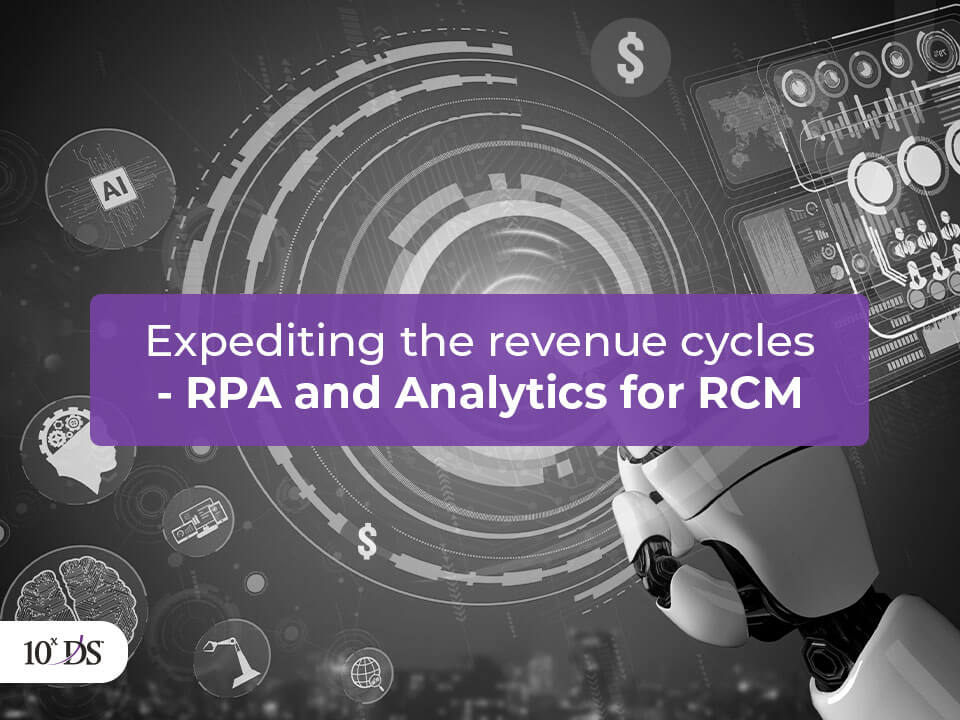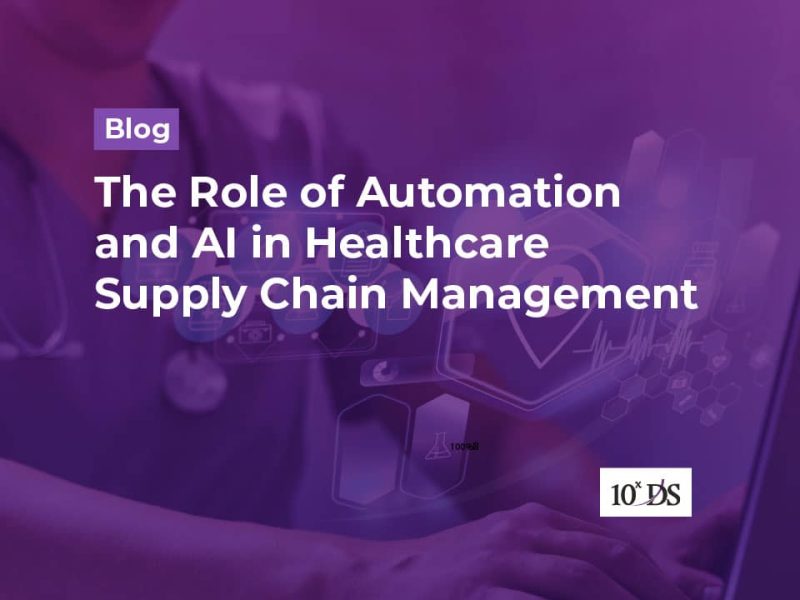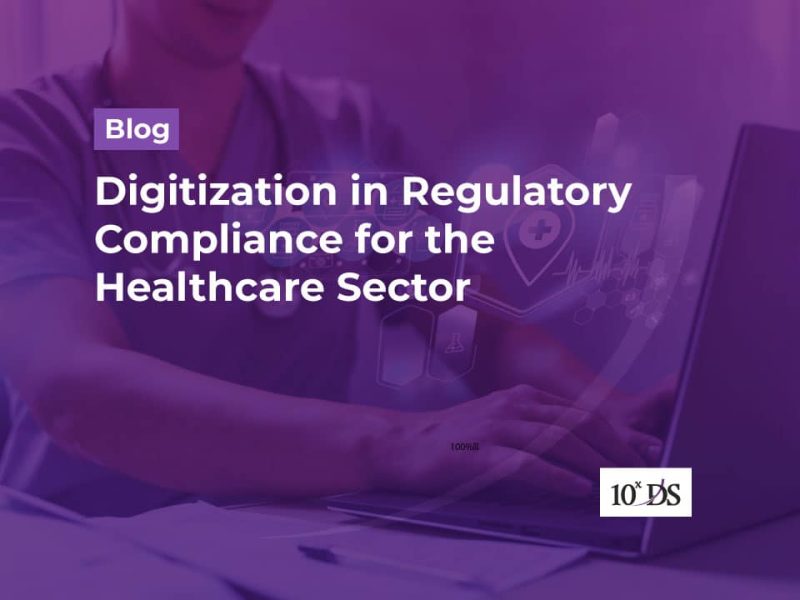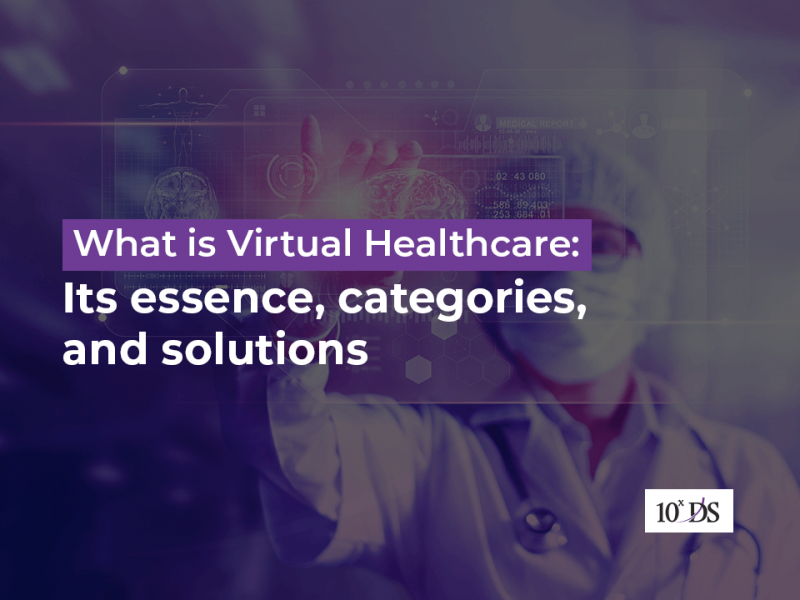
Expediting Revenue Cycles – RPA and Analytics for Revenue Cycle Management (RCM)
Health insurance coverage is growing, and a large number of patients have moved from out-of-pocket expenditure to health insurance cover from various insurance providers. With that, the struggle for hospitals increases with respect to charge lag, first pass from insurance providers, time to dispatch invoices, and revenue realization. These challenges add up to problems faced in the Revenue Cycle Management (RCM) process in healthcare institutions. RCM refers to administrative and clinical functions that contribute to the capture, management, and collection of patient service revenue. It is a term that includes the entire life of a patient account from creation to payment.
Challenges in RCM
While hospitals employ administrative teams to manage the process, there are several bottlenecks faced such as:
- Disparate systems
- Voluminous data
- Huge number of medical codes
- Billing errors
- Obstacles related to IT structure
- Lack of appropriate financial policy
- Failure to monitor the entire claims cycle
But these challenges can be overcome by leveraging emerging technologies like Robotic Process Automation (RPA) and rcm analytics, as these tools can streamline operations, ensure data accuracy, and provide actionable insights into revenue cycle performance. Revenue cycle automation can help organizations tackle repetitive, rule-based tasks and make claim processing faster and more efficient. Additionally, rcm analytics enables healthcare providers to identify trends and anomalies, allowing for proactive measures that improve overall financial outcomes.
Why RPA and Analytics is the future of RCM in Healthcare
The RPA heatmaps below highlight the processes having high automation potential. Further, it also lists the rcm analytics techniques that reveal trends, metrics, and insights otherwise lost in the mass of information. These insights include cash collected, rejection analysis, and claims cycle patterns, which can then be used for data-driven decision making. With these insights, organizations can optimize their processes, increase efficiency, and take advantage of revenue cycle automation to improve their overall business operations.
 Let us discuss some use cases in detail.
Let us discuss some use cases in detail.
Few Use Cases of RPA in Revenue Cycle Management
1. Validation of Benefits Process
An otherwise tedious process of validating benefits of each patient by extracting reports from EHR, logging into each insurance provider’s portal, checking eligibility, and preparing documents for further processing can be made seamless through revenue cycle automation. With RPA, a BOT can efficiently handle steps such as:
- Downloading reports from the EHR and placing them in a shared folder
- Logging into insurance portals and gathering patient eligibility information
- Verifying co-pays, deductibles, out-of-pocket limits, and authorization requirements
- Preparing documents, updating EHR notes, or sending notifications to the team lead once the process is complete
2. Insurance approval/rejection status check process
The process of checking insurance approval or rejection status is often labor-intensive. With RPA combined with rcm analytics, it can be transformed into a seamless process:
- The BOT accesses the Hospital Information System (HIS) and extracts patients’ claims information
- It segregates claims by insurance provider and logs into their respective portals
- The BOT submits claim details, tracks the status, and updates the HIS once a response is received
- Additionally, a real-time dashboard can be created using rcm analytics to provide a clear view of claim statuses and approval/rejection patterns, enabling better forecasting and decision making
These use cases illustrate how technologies like RPA and rcm analytics simplify revenue cycle tasks while delivering greater accuracy and efficiency. By reducing manual intervention and providing meaningful insights, healthcare organizations can achieve faster claim processing, lower denial rates, and improved revenue realization.
Advanced Analytics use case in Revenue Cycle Management
In the analytics front, 10xDS worked with a Healthcare Group to demonstrate the capabilities of Advanced Analytics to derive actionable insights. By integrating rcm analytics into the existing workflow, they were able to:
- Cleanse, enrich, and process data with tailored steps
- Generate trends and insights through an analytics platform
- Conduct exploratory analyses to view revenue cycles from multiple perspectives
- Build models that forecast revenue based on historical data and current patterns
This approach not only helped streamline processes but also gave the healthcare provider a clearer understanding of their revenue cycles, allowing them to address charge lag, identify payer trends, and improve first-pass ratios. With rcm analytics providing accurate, data-driven insights, they were able to make more informed decisions and refine their financial strategies.
Conclusion
Creating a positive margin and strategically moving from volume to value is a major win every healthcare institution is aiming for. By adopting advanced technologies such as revenue cycle automation and rcm analytics, organizations gain a competitive
Talk to our experts to jump on the automation journey to streamline your RCM process.


